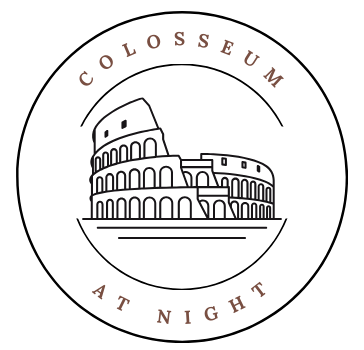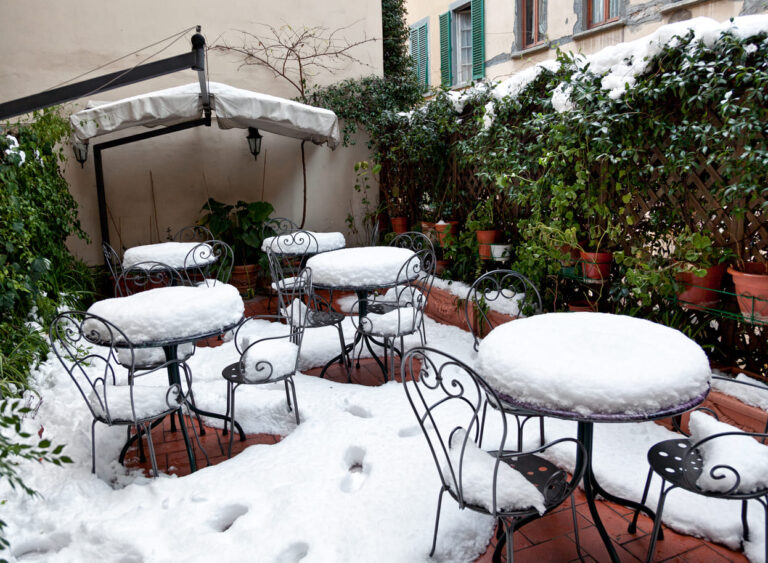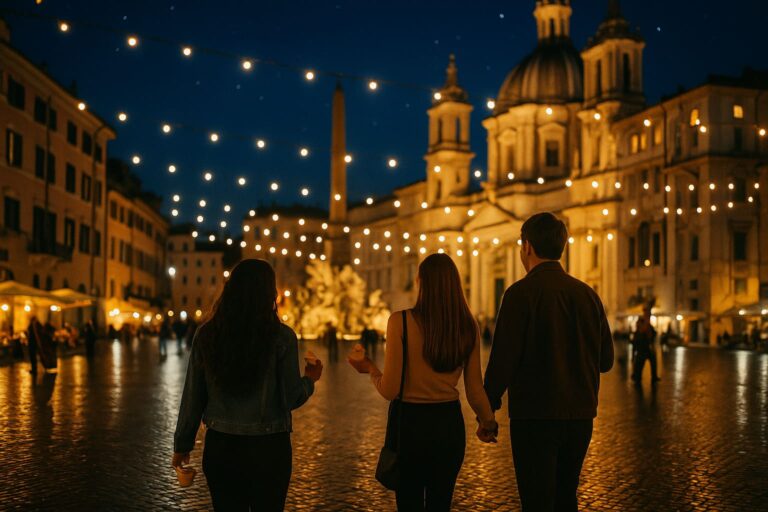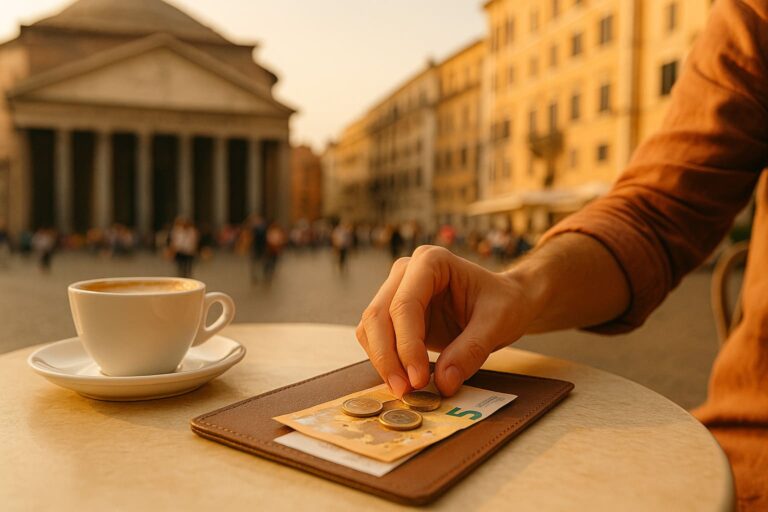Can You Drink Tap Water in Rome? The Ultimate Guide for Tourists
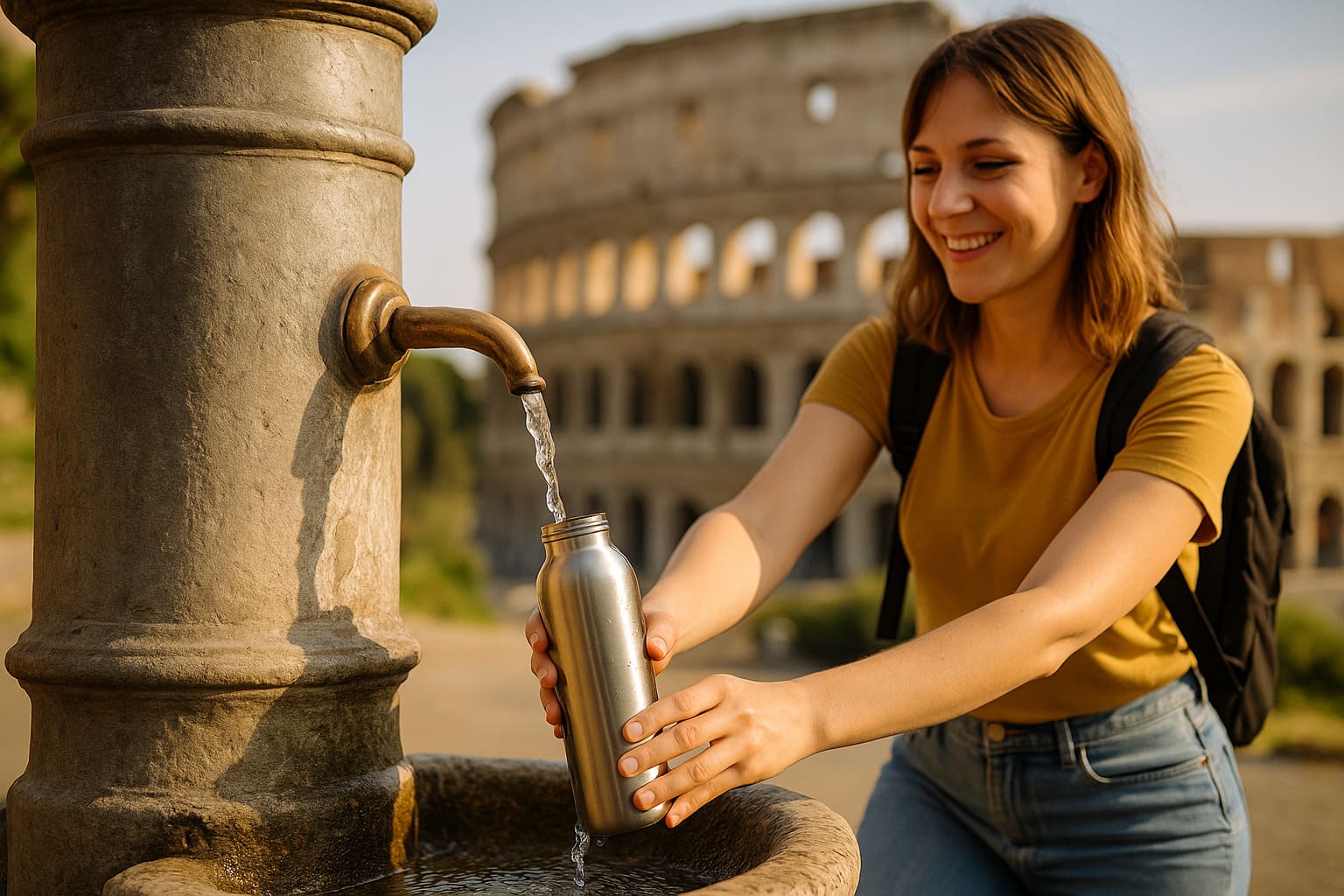
Your Pressing Question Answered: A Deep Dive into Roman Water
So, you’re planning a trip to the Eternal City. You’ve booked your flights, mapped out the must-see sights from the Colosseum to the Vatican, and dreamt of indulging in authentic pasta and gelato. But amidst all the excitement, a practical question arises, one that every savvy traveler asks: can you drink tap water in Rome? It’s a query that echoes in countless travel forums and guidebooks, and for a good reason. Staying hydrated is key to enjoying your Roman holiday, especially under the warm Mediterranean sun.
Let’s get straight to the point. The answer is a resounding yes, you can drink the tap water in Rome. Not only is it safe, but it’s also a cherished part of Roman culture and history. In fact, Rome’s water is renowned for its quality and taste. This article is your comprehensive guide to everything you need to know about drinking water in Rome. We’ll explore the history behind its famed quality, the modern safety standards, the magic of the city’s public drinking fountains, and how to navigate ordering water in a restaurant. Forget buying endless plastic bottles; the best water in Rome is fresh, free, and flows all around you.
A Legacy of Purity: The History of Rome’s Water
To truly understand why the answer to “can you drink tap water in Rome?” is so positive, we need to step back in time. We’re not talking years or decades; we’re talking millennia. The ancient Romans were master engineers, and their aqueducts are a testament to their genius. These incredible structures were built to carry fresh water from distant springs directly into the city, supplying public baths, latrines, and, of course, fountains for drinking.
This ancient infrastructure laid the foundation for the modern water system. The city’s primary water supplier, ACEA, still draws water from many of these same pristine, underground springs located in the hills surrounding Rome. This means the water you drink today is, in essence, the same high-quality, mineral-rich acqua that emperors and gladiators once drank. The Romans have a deep-seated pride in their water, viewing it as a public good and a right for all citizens and visitors. This historical commitment to providing free, clean water is a tradition that continues to this day, setting Rome apart from many other major world cities. It’s a beautiful, living piece of history flowing directly from the tap.
From Ancient Aqueducts to Modern Taps
The journey of Rome’s water is fascinating. It begins in natural springs, far from urban pollution. This spring water is naturally filtered as it travels through layers of rock, which also enriches it with minerals like calcium and magnesium. While the ancient aqueducts are now historical monuments, the principle remains. A modern, sophisticated network of pipes now brings this exceptional water into every hotel, apartment, and public fountain in the city.
The system is rigorously managed to ensure its purity. When you turn on the tap for a glass of water, you are tapping into a legacy of hydraulic engineering that has been refined over two thousand years. So, when you ask, “can you drink tap water in Rome?”, you’re not just asking about safety; you’re inquiring about a cultural heritage. And the answer is, of course, you can.
Modern Water Quality: What Science Says About Roman Tap Water
While the historical prestige is impressive, what matters most for tourists today is the current safety and quality. The water in Rome is not just historically pure; it’s also subject to some of the most stringent safety standards in the world, complying with both Italian and European Union regulations for drinking water.
The local water utility, ACEA, is responsible for maintaining this high standard. They conduct hundreds of thousands of tests annually, checking for a wide range of parameters to ensure the water is perfectly safe for consumption. You can find detailed quality reports on their website, showcasing the transparency and confidence they have in their water supply. For those interested in the technical details, ACEA provides public information about the water’s characteristics, which you can check out on the ACEA Group website.
The Taste and Mineral Content
So, what does it taste like? Roman tap water is generally described as cool, refreshing, and clean-tasting. It is also classified as “hard” water, which means it has a high mineral content, particularly calcium. This is not a health concern at all; in fact, these minerals contribute to its pleasant taste and can be a healthy part of your diet.
Occasionally, you might detect a very slight taste of chlorine. Chlorine is added in minimal, carefully controlled amounts as a disinfectant to ensure the water remains safe as it travels through the vast network of pipes to your tap. This is a standard safety practice worldwide. If you are sensitive to the taste, simply let the water sit in an open container or a glass of water in the refrigerator for about 30 minutes. This will allow the chlorine to dissipate naturally. But for most people, the taste is imperceptible and the water is simply delicious.
Addressing a Common Concern: What About Old Pipes?
A question that sometimes comes up, especially regarding older European cities, is the safety of the pipes. Visitors may wonder if old lead pipes could contaminate the water. This is a valid question, but you can rest assured. Rome has undertaken extensive efforts to modernize its plumbing infrastructure.
The main water distribution network is completely safe and lead-free. While it’s true that a very old, un-renovated building might theoretically still have older plumbing, the risk is extremely low. The constant, high-volume flow of water, along with its mineral composition (which creates a protective layer inside pipes), significantly minimizes any potential leaching. The water that flows to the public fountains and into the vast majority of buildings is monitored and is of the same high quality. The consensus from public health officials and residents alike is clear: the water is safe. This is backed by guidelines from organizations like the World Health Organization (WHO) on drinking water safety, which Roman water comfortably meets.
Rome’s Free-Flowing Marvels: The Nasoni Fountains
Perhaps the most compelling reason to drink tap water in Rome is the city’s incredible network of public drinking fountains, known affectionately as nasoni (plural for nasone). This is where the topic of the fountain becomes truly special.
Have you ever imagined a city where you can get free, cold, delicious drinking water on almost every street corner? Welcome to Rome. There are over 2,500 of these small fountains scattered throughout the city, continuously pouring out the same safe, chlorinated, and delicious drinking water that comes from the taps.
What Exactly is a Nasone?
The word nasone translates to “big nose,” a charming name given to the fountains because of their distinct design—a simple, sturdy, cast-iron structure with a curved metal spout that locals thought resembled a large nose. They are a beloved feature of the Roman streetscape.
These fountains are not just for show. They are a practical, essential part of life in Rome for both locals and tourists. On a hot day of sightseeing, there’s nothing better than stopping at a nasone to cool down and refill your water bottle for free. This continuous flow also serves a purpose: it keeps the water from stagnating in the pipes, ensuring it stays fresh and cool.
A Pro Tip: How to Drink from a Nasone Like a Local
Watching a tourist awkwardly try to drink from a nasone can be a source of mild amusement for Romans. But there’s a simple trick to it. You’ll notice a small hole on the top of the “nose” or spout. Instead of trying to bend down and drink directly from the main stream, simply plug the end of the spout with your finger or thumb.
Voila! The water pressure will redirect a perfect, gentle arc of water upwards from the small hole, creating a convenient drinking fountain. It’s an elegant and hygienic way to drink directly without your mouth touching the metal spout. Now you know the secret!
Important Distinction: Not All Fountains are for Drinking
This is a critical point. While the nasoni are specifically designed for drinking, Rome’s grand, monumental fountains are not. You absolutely cannot drink the water from famous artistic fountains like the Trevi Fountain, the Fountain of the Four Rivers in Piazza Navona, or the fountains in St. Peter’s Square.
The water in these fountains is recycled and untreated. Attempting to drink it is unsafe, and climbing on these historic monuments can result in a hefty fine. Always look for the simple, functional nasone for your drinking water needs. If you’re ever in doubt, look for a sign that says “Acqua Non Potabile,” which means “non-potable water” or “not safe for drinking.”
The Practical and Sustainable Choice
Choosing to drink tap water in Rome is not just safe and culturally enriching; it’s also the smartest choice for your wallet and the planet. This is a crucial aspect that every traveler should consider.
Think about the alternative: bottled water. While readily available, the costs add up quickly. A small bottle of water can cost anywhere from €1 to €3, especially in tourist-heavy areas. If you’re drinking the recommended two liters a day during a five-day trip, you could easily spend €30-€50 or more just on water. Why spend that money when some of the best water in Europe is available for free?
Embrace the Reusable Water Bottle
The environmental impact of single-use plastic is a global crisis. By carrying a reusable water bottle, you can significantly reduce your plastic footprint. Rome makes this incredibly easy with its network of nasoni. You can start your day by filling your bottle at your hotel and then top it up throughout the day as you explore.
This simple act makes you a more responsible and sustainable traveler. You’ll save money, stay hydrated, and help preserve the beauty of the city you’ve come to admire. It’s a win-win situation.
A Note on Water in Restaurants
Here’s where things can get a little different. When you sit down at a restaurant in Rome, the waiter will almost always ask if you want water, typically offering naturale (still) or frizzante (sparkling water). This will be bottled water, and you will be charged for it.
It is culturally less common to ask for tap water in Italian restaurants compared to countries like the US or UK. While you are perfectly within your rights to ask for “un bicchiere di acqua dal rubinetto,” which means “a glass of tap water,” don’t be surprised if the request is met with a bit of hesitation or if the restaurant prefers to only serve bottled. This is often part of the business model.
Our advice? Enjoy the free tap water all day while exploring, and consider ordering a bottle of water with your meal as part of the cultural dining experience. Or, if you prefer, politely make your request for tap water and see what happens.
Frequently Asked Questions (FAQ)
Let’s summarize and answer some of the most common questions tourists have.
1. Is it really safe for tourists, who aren’t used to it, to drink the tap water in Rome? Absolutely. The water in Rome meets very high international safety standards. It is safe for everyone, including tourists and children. The only difference you might notice is the high mineral content (hardness), which is perfectly healthy.
2. Can I refill my water bottle anywhere in the city? Yes! This is one of Rome’s greatest perks. Look for the small, continuously running public fountains called nasoni. There are thousands of them, so you’re never far from a refill station. Just remember not to drink from the large, decorative fountains.
3. Does Roman tap water taste good? While taste is subjective, the vast majority of people find Rome’s tap water to be delicious. It’s served cold, fresh, and has a clean taste. If you’re sensitive to chlorine, just let it air out for a few minutes.
4. Why do restaurants in Rome push bottled water? It’s a combination of cultural norms and economics. Serving bottled water is a standard part of the Italian dining experience and a reliable source of revenue for restaurants. While you can ask for tap water, ordering bottled water is more common.
5. Should I use a filtered water bottle? You don’t need to for safety, as the water is already pure. However, if you are particularly sensitive to the mineral or slight chlorine taste, a filtered bottle can be a good personal preference. It’s not a necessity, though.
Conclusion: Drink Like a Roman
So, can you drink tap water in Rome? As we’ve explored in detail, the answer is an enthusiastic “yes you can!” It’s safe, it’s free, it’s environmentally friendly, and it connects you to the deep history of the Eternal City.
Yes, you can drink the tap water in Rome. It is clean, safe, and meets all EU standards. Rome is famous for its high-quality water, supplied by ancient springs and available for free from thousands of public drinking fountains called ‘nasoni’.
By embracing the local custom of drinking from the tap and the nasoni, you’ll not only save a significant amount of money but also travel more sustainably. Packing a reusable water bottle is one of the best decisions you can make for your trip. So go ahead, fill up your bottle, drink with confidence, and use the money you save on another scoop of delicious gelato. You’re not just drinking water; you’re tasting a piece of Roman history.
